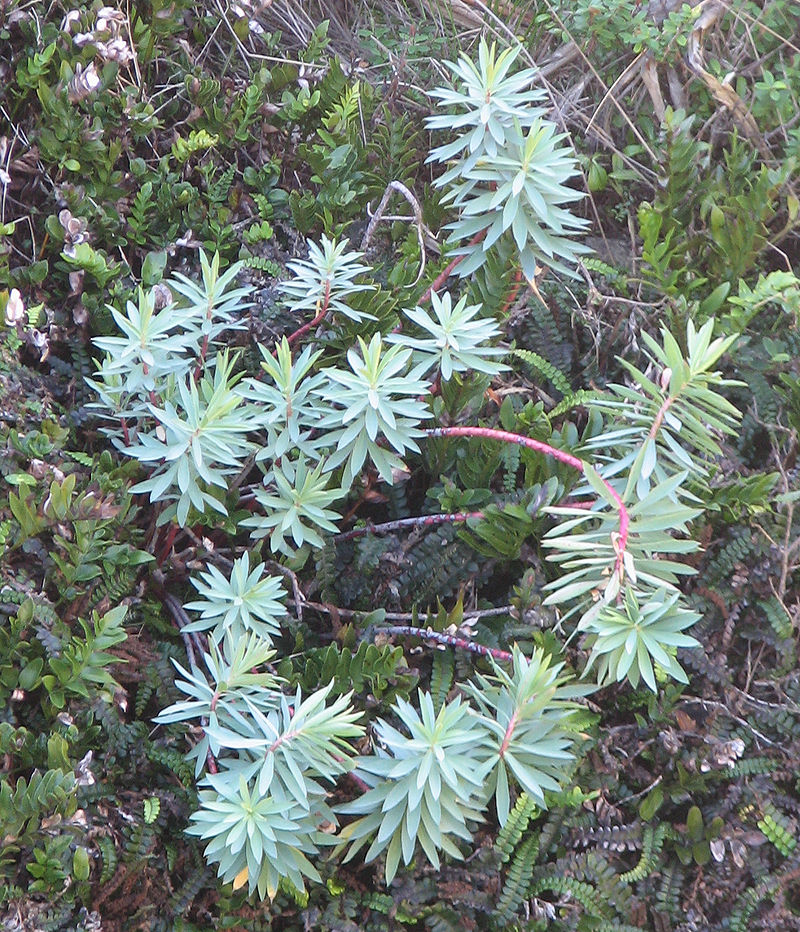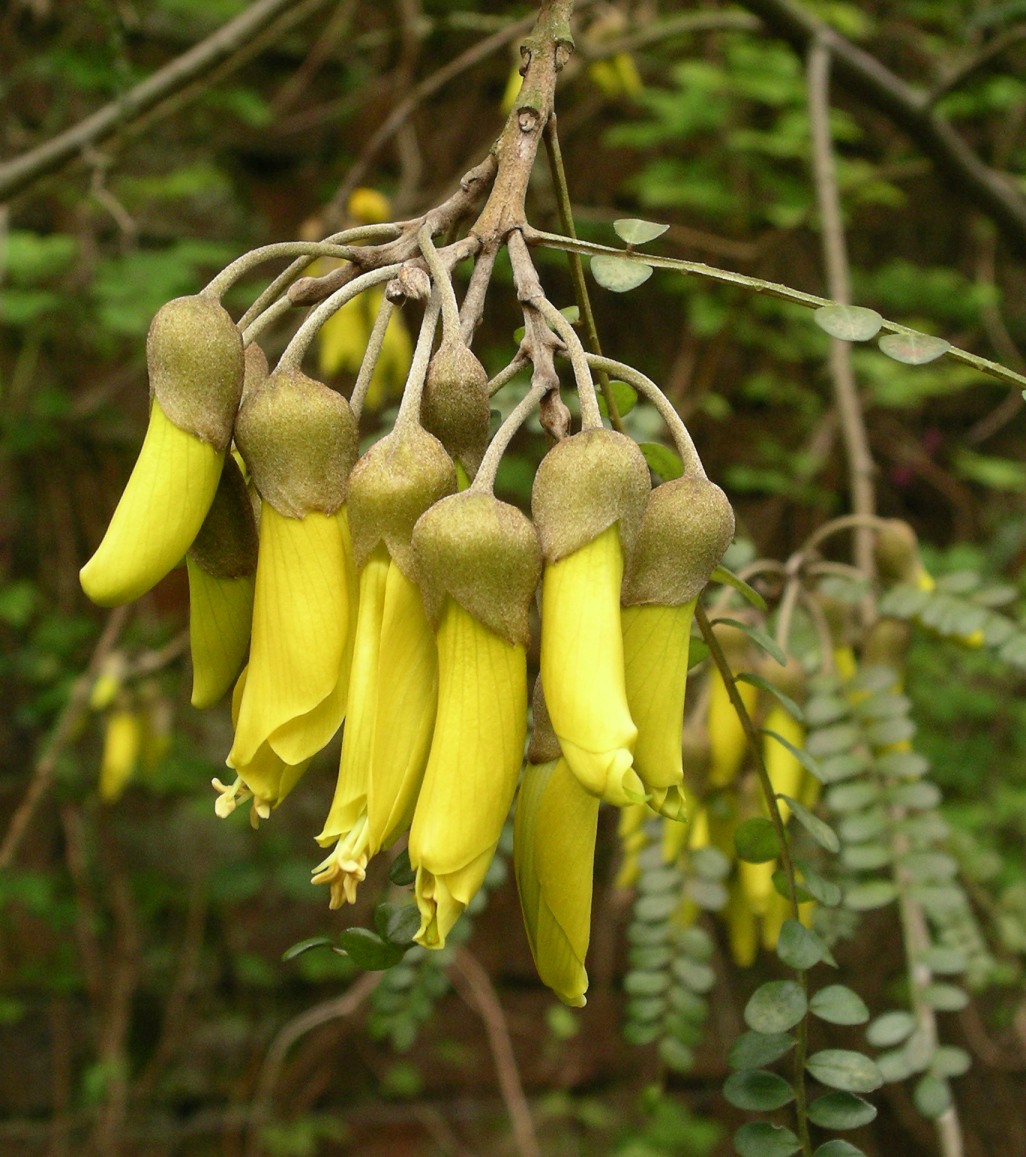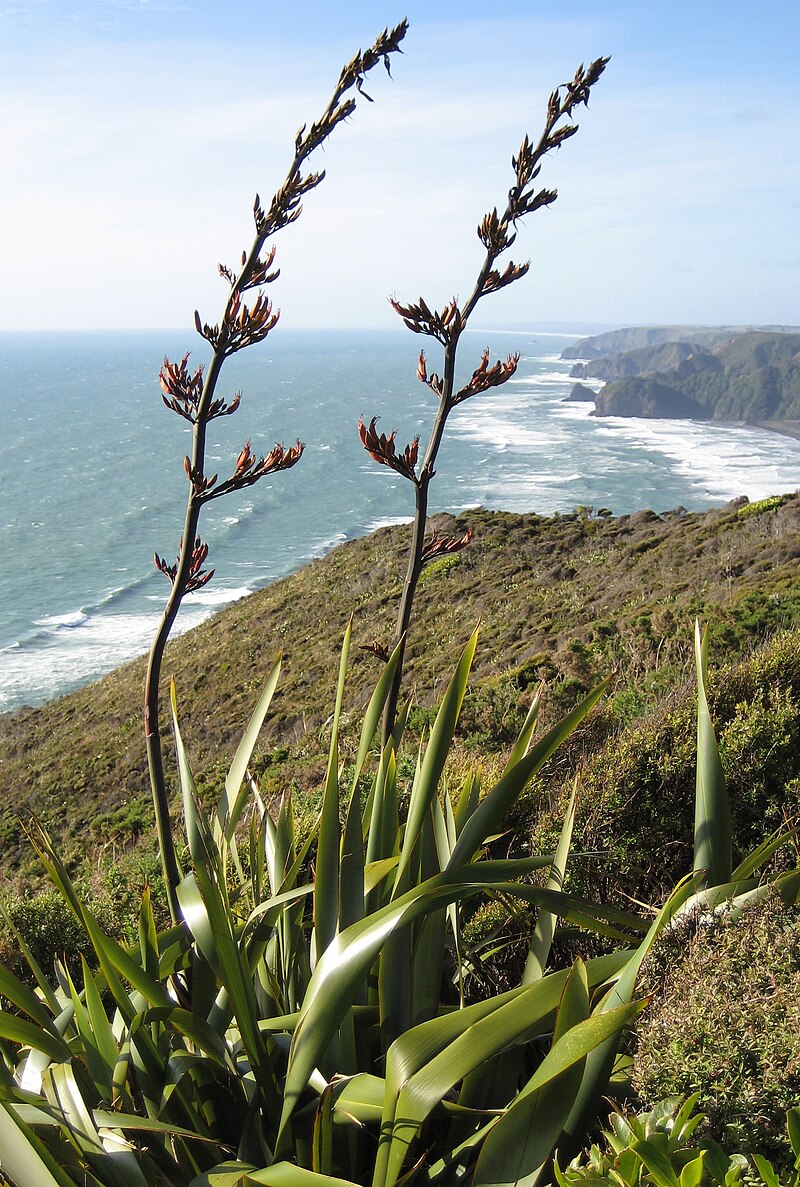Clianthus maximus
Clianthus maximus
Clianthus maximus, commonly known as Kākābeak, is a striking and rare shrub native to New Zealand. Renowned for its vibrant red, beak-shaped flowers, it is a symbol of resilience and beauty. The plant is named for its resemblance to the beak of the Kākā, a native parrot.

Image credit: Clianthus maximus on Wikipedia
Quick Facts
| Height | 2-3 meters |
|---|---|
| Water Needs | Moderate |
| Light | Full sun |
| Frost Tolerance | Low |
| Growth Rate | Fast |
| Lifespan | 5-10 years |
Climate Best Suited To
Clianthus maximus thrives in warm, sheltered environments with well-drained soil. It prefers areas with mild winters and is sensitive to frost.
| City | Climate Suitability |
|---|---|
| Whangārei | Ideal |
| Auckland | Ideal |
| Hamilton | Ideal |
| Rotorua | Ideal |
| Gisborne | Ideal |
| New Plymouth | Ideal |
| Napier | Ideal |
| Wellington | Ideal |
| Nelson | Ideal |
| Christchurch | Moderate |
| Dunedin | Moderate |
| Invercargill | Moderate |
Growing Requirements
Soil Requirements
Clianthus maximus prefers:
- Well-draining, sandy soils
- Neutral to slightly acidic pH
- Rich in organic matter
Light Requirements
This plant thrives in:
- Full sun for optimal flowering
- Sheltered from strong winds
Water Requirements
Clianthus maximus requires:
- Moderate watering, especially in dry periods
- Good drainage to prevent root rot
Uses & Significance
Garden Uses
- Specimen plant
- Climbing plant for pergolas and trellises
- Native garden feature
- Conversation piece
- Bird-attracting garden
Cultural Significance
- Traditional Māori plant of significance
- Historical importance in early botanical collections
- Conservation icon
- Symbol of rare native flora
Ecological Value
- Nectar source for native birds
- Habitat for native insects
- Part of forest edge ecosystems
- Contributes to biodiversity
Seasonal Care Calendar
Spring
- Begin regular watering as temperatures rise
- Apply a balanced fertilizer to promote growth
- Check for pests and diseases
Summer
- Ensure consistent watering during dry spells
- Prune after flowering to maintain shape
- Monitor for signs of stress
Autumn
- Reduce watering as temperatures drop
- Prepare for winter by mulching
- Protect from early frosts
Winter
- Minimal care needed
- Protect from severe frost
- Prune dead or damaged branches
When to Prune and How Much
Pruning is essential for Clianthus maximus to maintain its shape and encourage flowering:
- Prune after flowering in summer
- Remove dead or damaged branches
- Thin out crowded growth to improve air circulation
Planting Guide
When to Plant
Plant Clianthus maximus in spring or autumn when the soil is warm and moist.
Site Selection
Choose a site with:
- Full sun exposure
- Well-draining soil
- Protection from strong winds
Planting Procedure
- Dig a hole twice as wide and the same depth as the root ball
- Amend soil with compost to improve fertility
- Position the plant so the crown sits at soil level
- Backfill with soil, gently firming down to remove air pockets
- Water thoroughly after planting
- Apply mulch to retain moisture
Propagation Methods
From Seed
Growing Clianthus maximus from seed is rewarding:
- Collect seeds from mature pods in late summer
- Sow in seed-raising mix at a depth of 5mm
- Keep moist but not waterlogged
- Germination usually occurs within 2-4 weeks
- Transplant seedlings when they reach 10cm tall
From Cuttings
Cuttings can be taken in late spring:
- Take semi-hardwood cuttings about 10-15cm long
- Remove lower leaves and dip in rooting hormone
- Plant in a container with free-draining potting mix
- Keep moist until roots develop
Cultural History
Clianthus maximus holds cultural significance in New Zealand for its beauty and rarity:
Traditional Uses
- Symbolism: Represents resilience and beauty
- Ornamental: Valued for its striking flowers
Conservation Efforts
- Efforts are underway to protect and restore natural populations
- Propagation programs aim to increase numbers in the wild
Pests & Diseases
Common Issues
- Aphids: Can be controlled with insecticidal soap
- Root Rot: Ensure good drainage to prevent
- Leaf Spot: Remove affected leaves and improve air circulation
Regular monitoring and maintaining healthy growing conditions can prevent most issues.
Bonus Tip
To enhance the drama of your Kaka Beak, try planting it against a contrasting background such as dark green foliage or a light-colored wall. The vivid red flowers appear to float against dark backgrounds, while light backgrounds make the entire plant stand out as a striking sculptural element.


